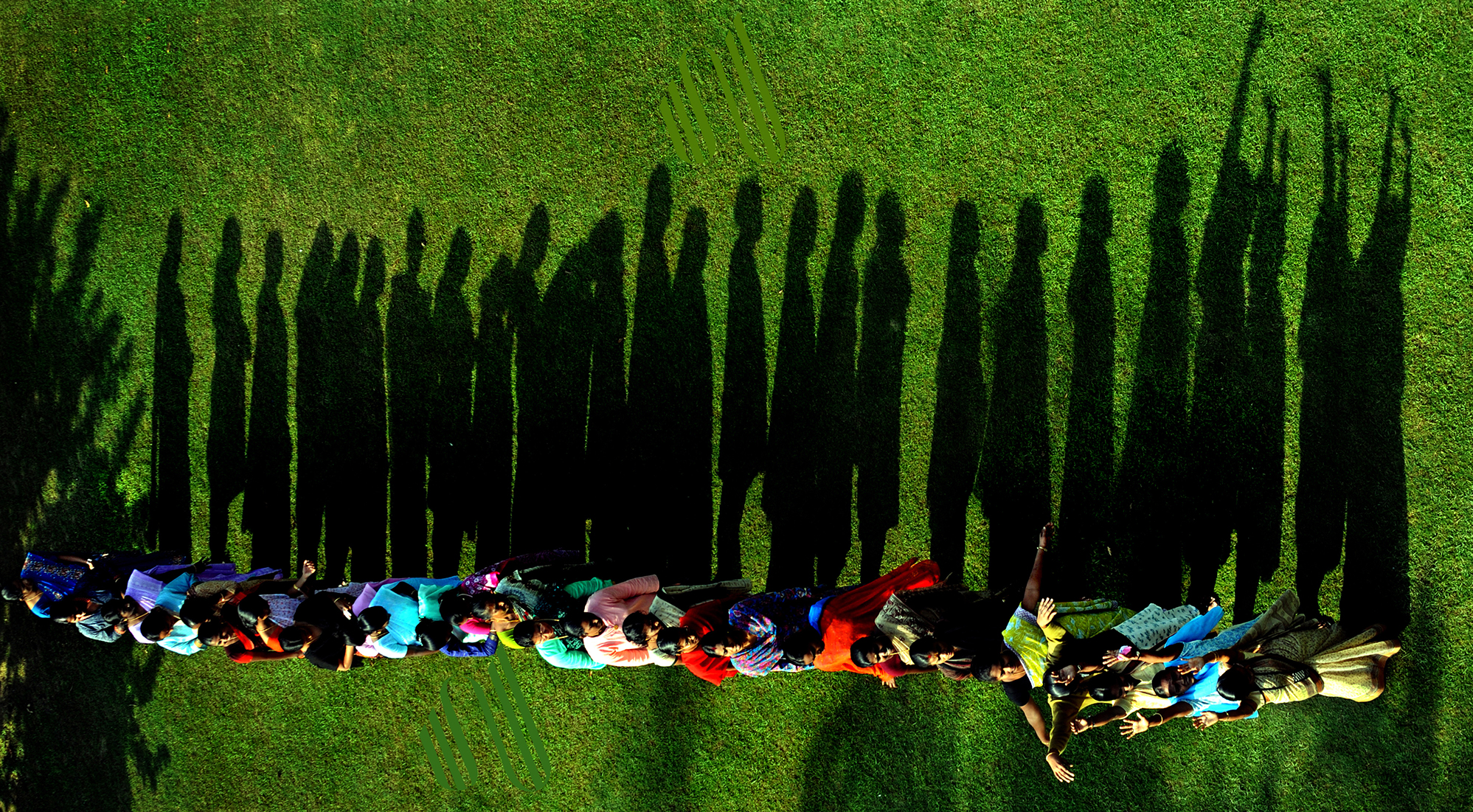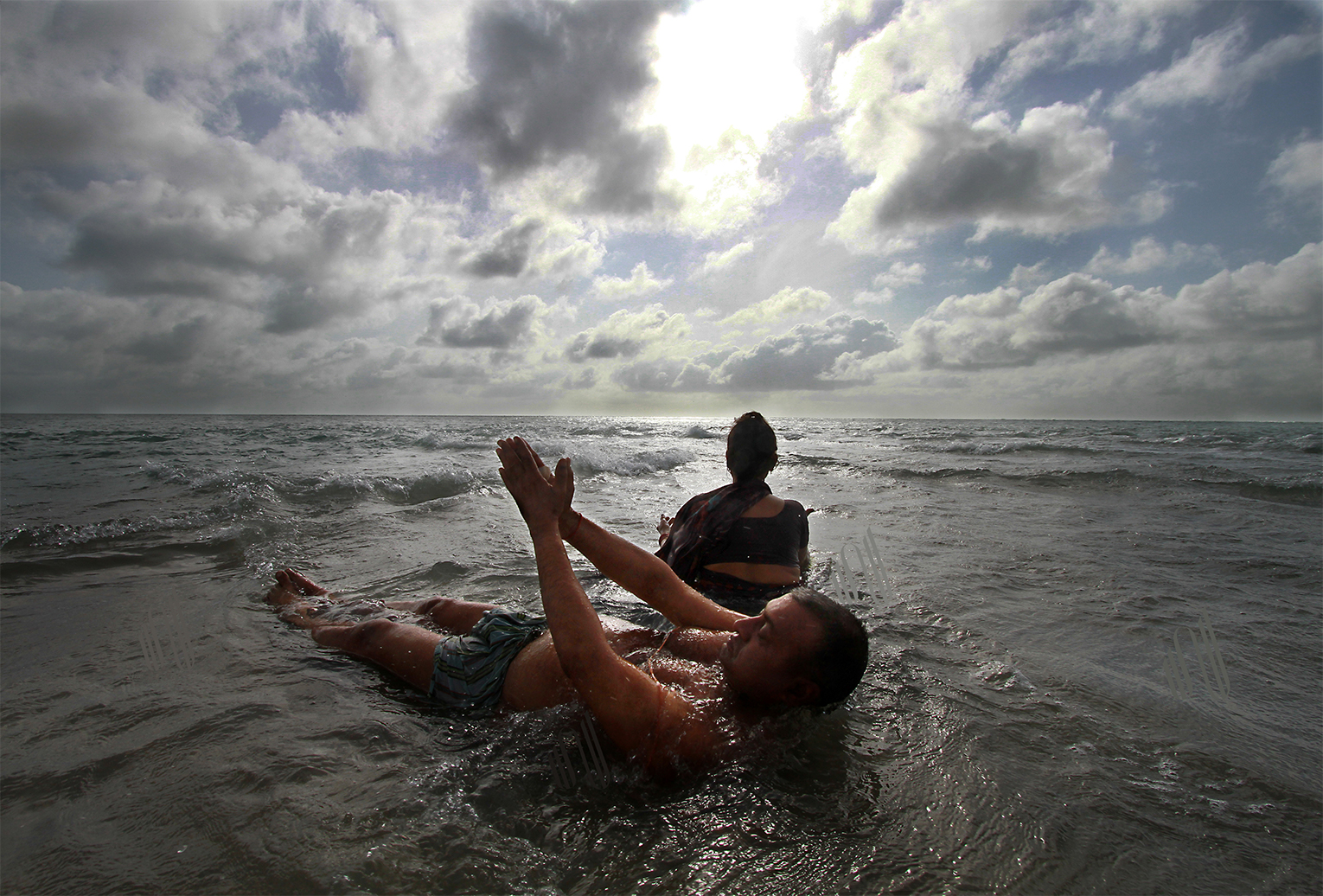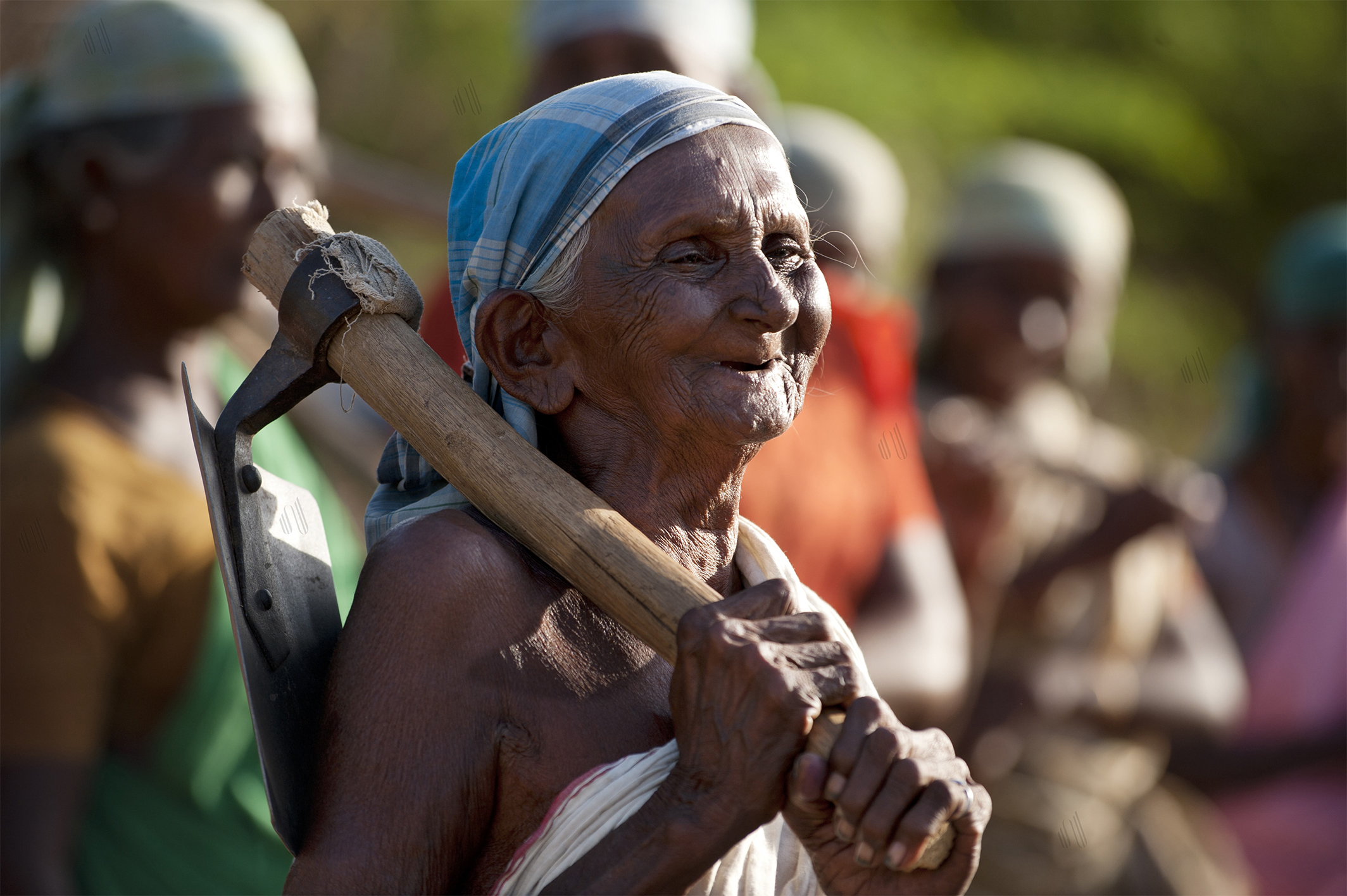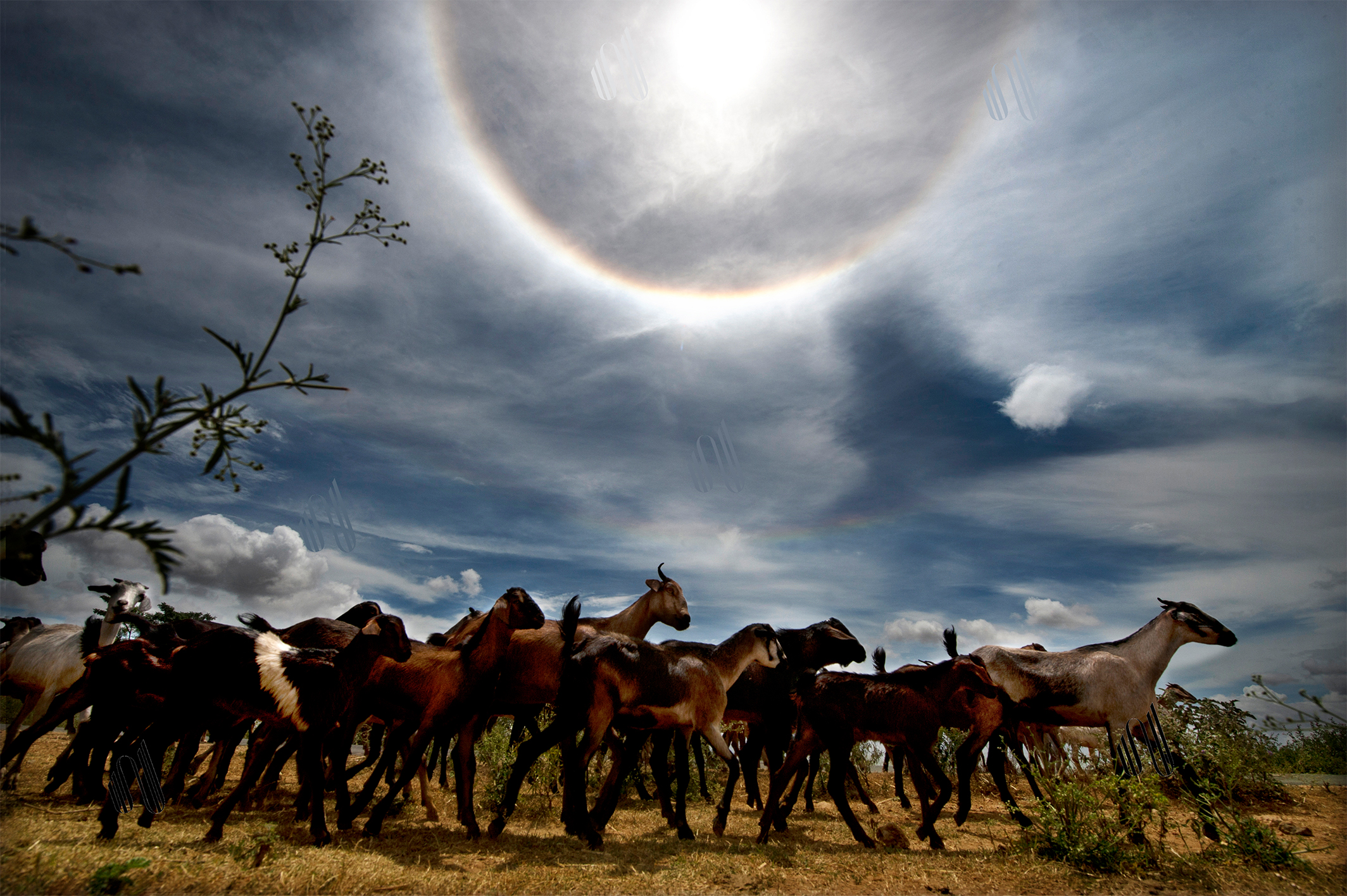
A green haven for the family
The TN government’s Solar Powered Green House Scheme brought joy to over 3 lakh families
Unless the heavens grant their gifts, neither the giver’s generosity
nor the ascetic’s aloofness will grace this wide world.
Thirukural, Verse 19
Unless the heavens grant their gifts, neither the giver’s generosity nor the ascetic’s aloofness will grace this wide world. Thirukural, Verse 19
Whether it is a cave of the Neolithic age or a posh mansion of the 21st Century, a home of one’s own is a primeval need. This is true for people from any part of the world, and from every class of society, or walk of life. One’s own home, seen as a haven to which one returns after a hard day’s work and, more importantly, a symbol of security in uncertain times, is a dream that people spend their entire lives trying to fulfill. Given the costs of land and construction, most people are never able to realise this dream. Sometimes, governments step in to enable the achievement of this goal, aligned as it is with the larger governance goal of upliftment of society.


To empower various sections of the population – senior citizens, women, migrants, and the disabled – and to promote equitable and sustainable development of people across the State, the Rural Development and Panchayati Raj Department of the Tamil Nadu government launched the Chief Minister’s Solar Powered Green House Scheme in 2011. A brainchild of the then Chief Minister, J Jayalalitha, it was meant to benefit the poor in rural areas. The first of its kind in the country, it was a landmark scheme in the history of rural housing, and in addressing the shelter needs of the poor along with a focus on using renewable energy.
In creating the pictorial documentation of this five-year project, Shaju recorded its implementation as it was rolled out over the first three years, from 2011-2014, travelling across the southern districts to capture, in a series of powerful images, the charming homes as also joy and delight of the beneficiaries. The documentation also helped officials managing the project to monitor its progress and success.

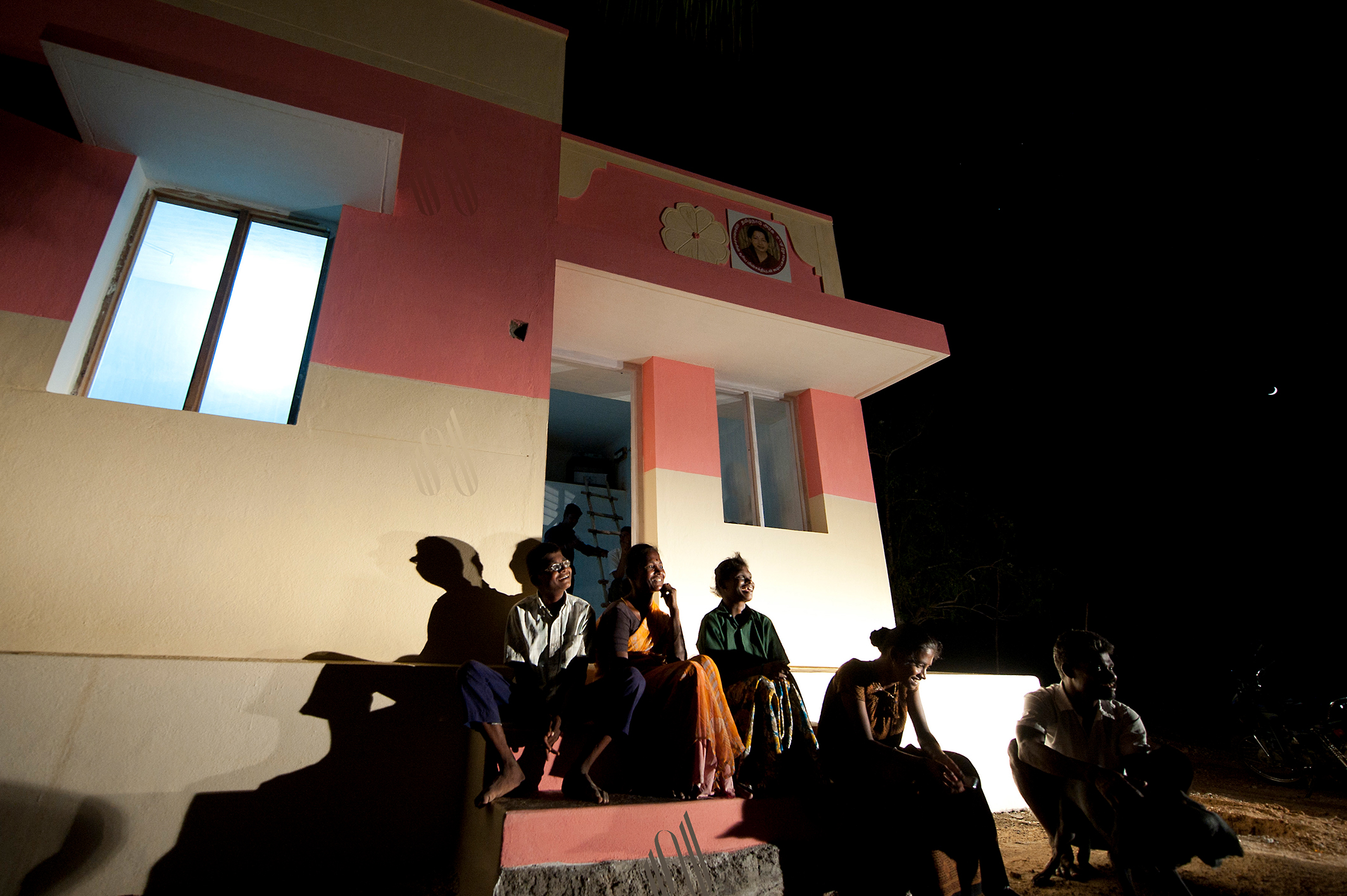
The key beneficiaries of the scheme were those falling in the BPL (below the poverty line) category, and especially the disabled, migrants, transgenders, those affected by leprosy and the mentally unwell. The allottees, among the poorest of the poor, were selected according to a stringent process that made sure they legally owned the land that the homes were built on and did not own any other pucca structure in the village.
Preference was given to the differently-abled, widows, destitute and deserted women, families headed by women, ex-Servicemen and retired members of paramilitary forces, families having severely malnourished children (identified by the ICDS department), transgender communities, HIV/AIDS/TB affected families, victims of natural calamities such as fire, floods, drought, etc., and families with a mentally challenged person in the household
The green homes were built either to replace existing dwelling structures, or on land owned by the beneficiary elsewhere in the village panchayat area. The entire cost of the structure was borne by the Tamil Nadu government and the funds were released in phases, after due inspection of various stages of completion.
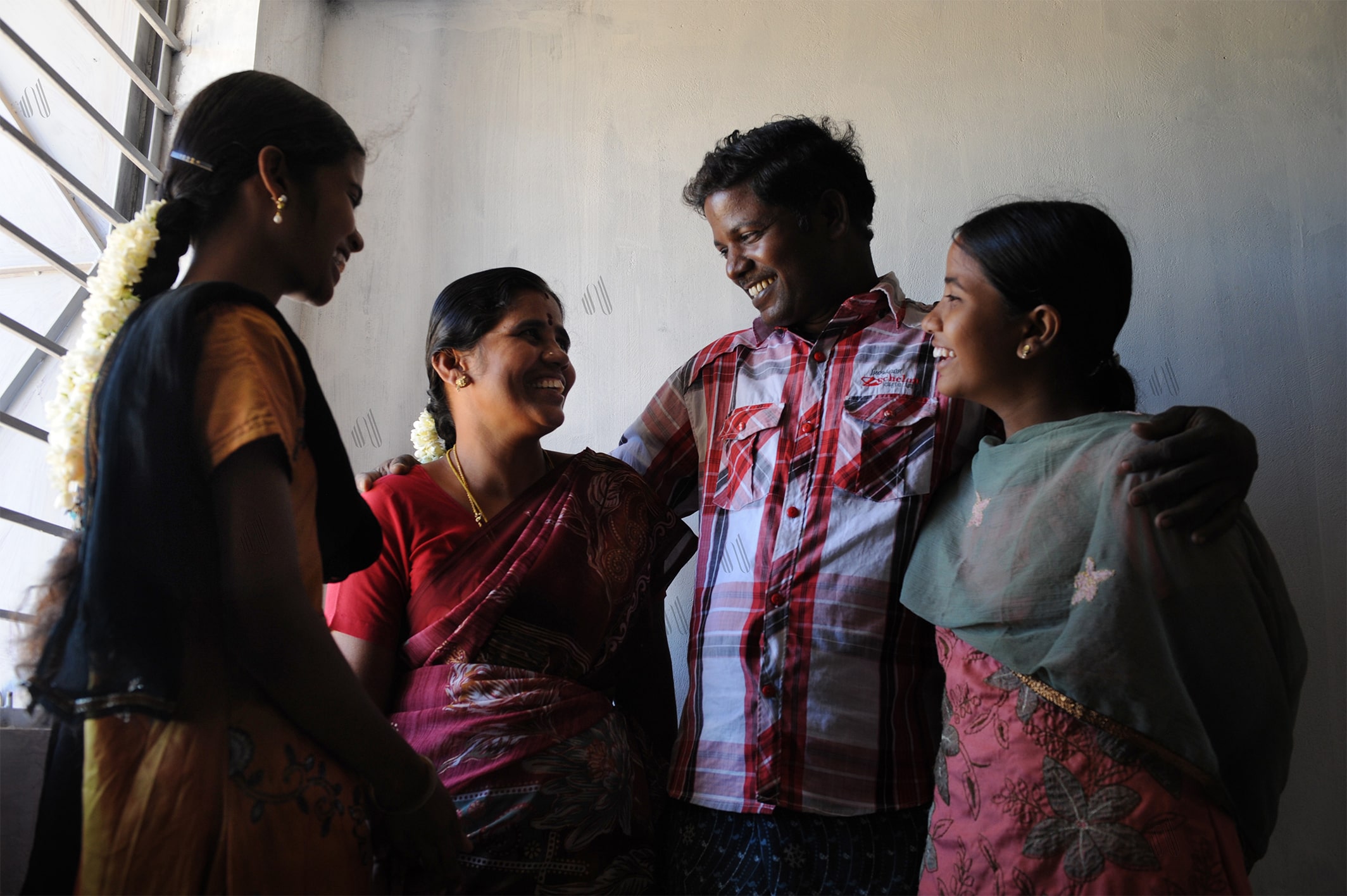

Each home of 310 sq ft consists of a living room, bedroom, kitchen, toilet and verandah, with provision for rain water harvesting, and is provided with five solar-powered compact fluorescent lamps, one in each room. The beneficiary is given the option of having an electric connection powered by TNEB, which is metered.
At first, the unit cost was Rs.1.80 lakhs – Rs 1.5 lakhs for the construction and Rs 30,000 for the solar powered lights. This increased in 2013-14 to Rs 2.10 lakhs per unit, with Rs 1.80 lakhs as the construction and Rs 30,000 for the solar powered lights. The supply, installation and commissioning of solar panels and lights were undertaken by Tamil Nadu Energy Development Agency in co-ordination with the project directors of the District Rural Development Agencies.
In the three years from 2011 to 2014, some 170,000 houses were constructed. The integrated efforts of the different government departments ensured the success of this project. A scheme for laying roads in the villages complemented the housing project, making the way home safer.
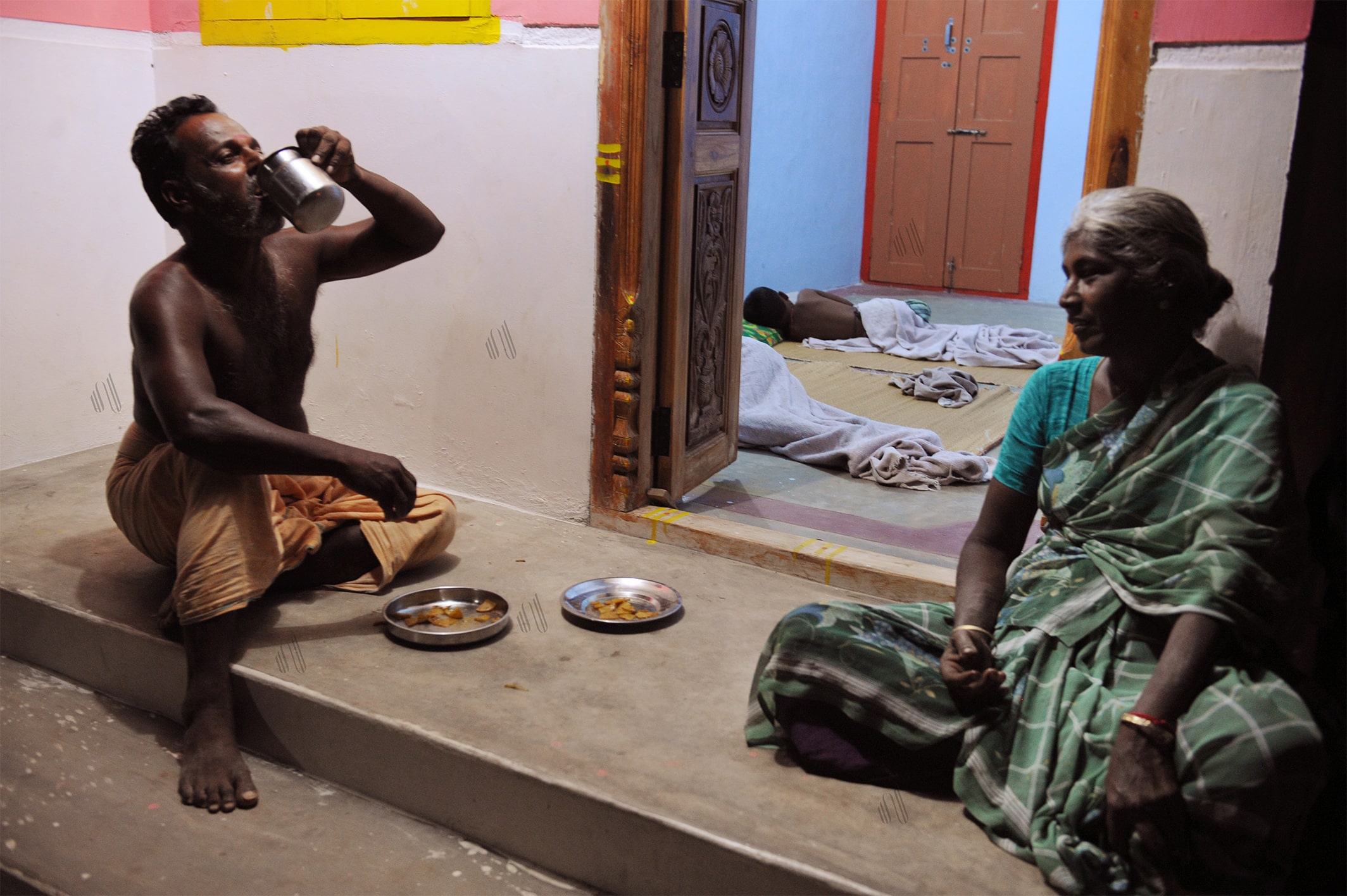
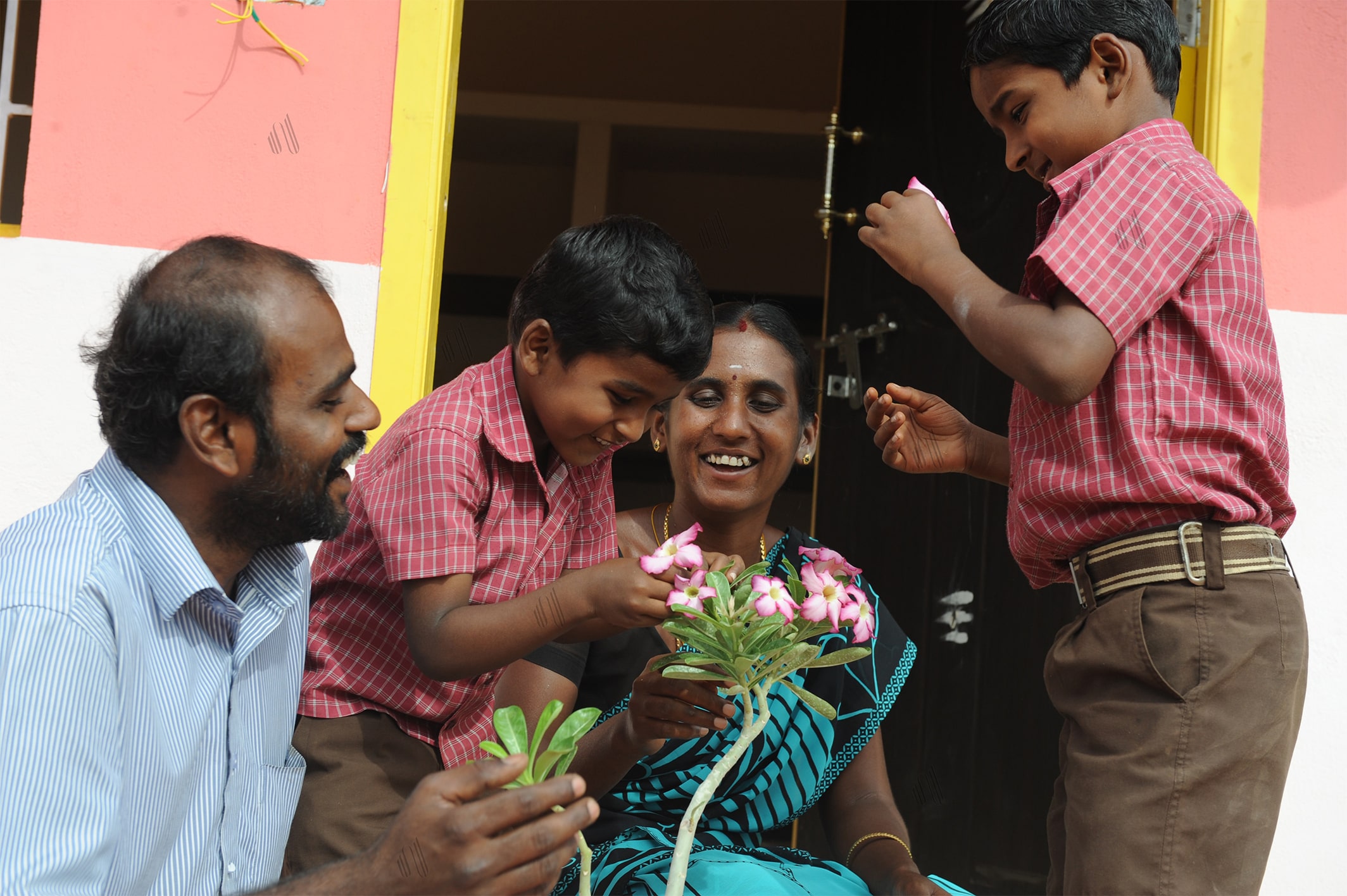
Such safety was the paramount concern for many of the scheme’s beneficiaries, especially the parents of physically and mentally disabled children, and those with elderly, unwell parents to support. The security of having such a safe home transformed their lives, empowering them with a new strength and confidence to go out and pursue their livelihoods without the burden of worrying about those in their care.
The Pasumai Veedugal Scheme brought a ray of hope into the lives of widowed, destitute and deserted women, taking them on a journey from darkness to light. It gave solace and peace to those from the transgendered community who face their fair share of adversity and suffering in society. And it was a blessing to families of migrant labour who, hailing from as far away as Odisha and Bihar, had toiled in various sectors in Tamil Nadu and made the State their home.
For all these categories of people, the scheme offered them more than just a roof over their heads; it came as a new lease of life that gave them the strength to hope again.
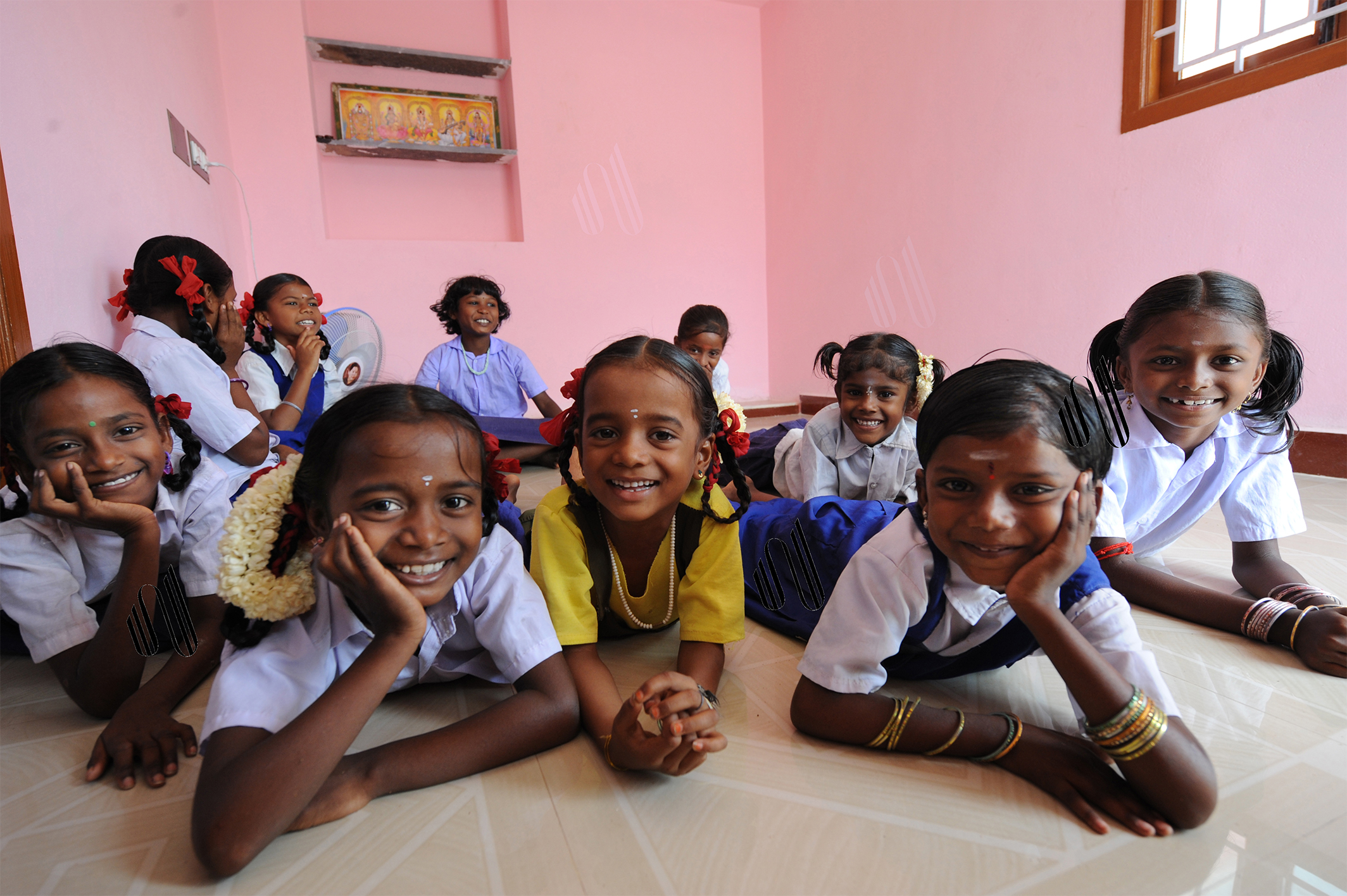

MORE PROJECTS




